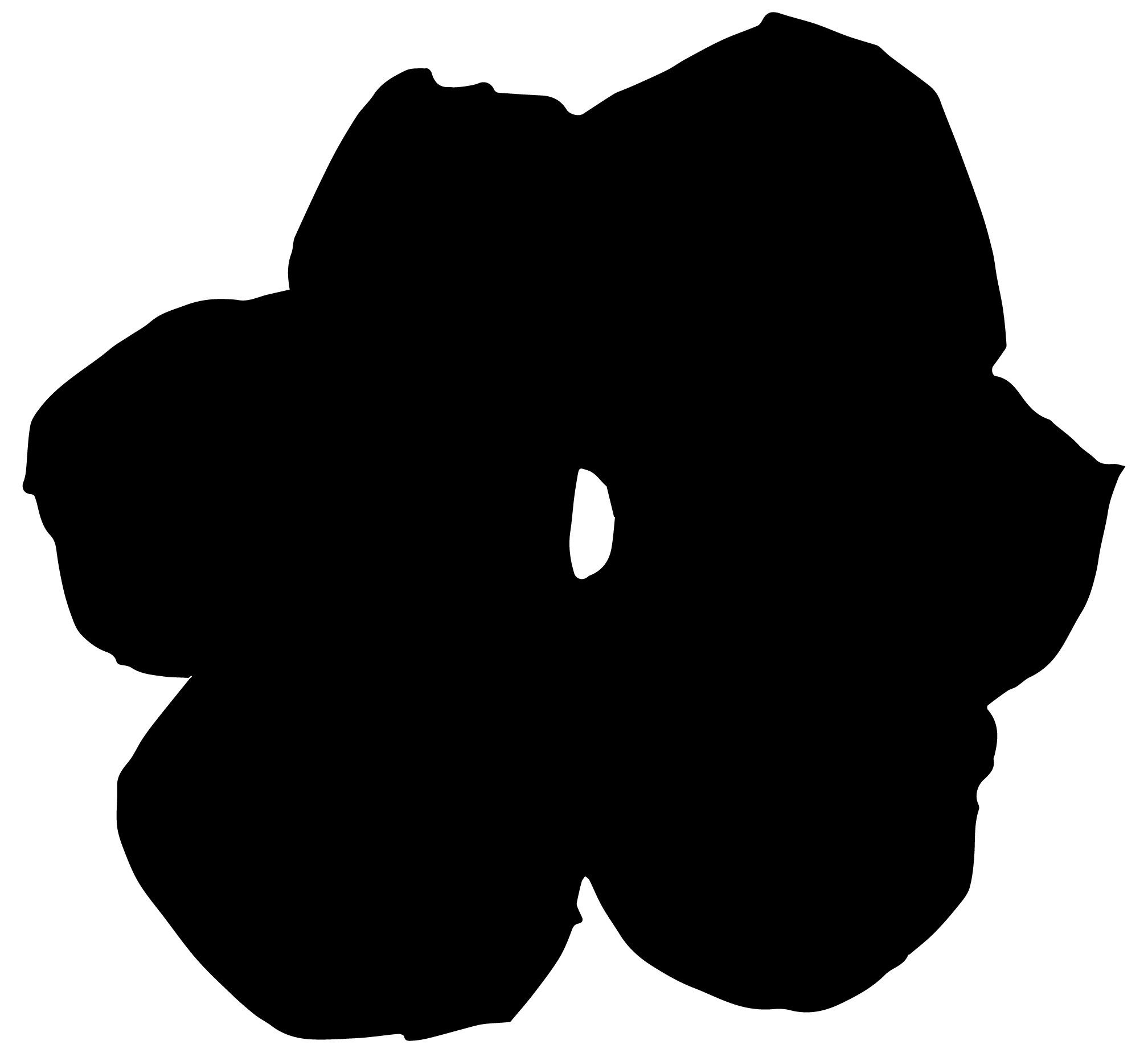❧ ❧ ❧ ❧ ❧ ❧ ❧ ❧ FROM THE RIVER TO THE SEA, PALESTINE WILL BE FREE ❧ ❧ ❧ ❧ ❧ ❧ ❧
We support Palestinian liberation and condemn the war in Gaza. Though it sometimes feels futile. continuing to uplift Palestinian culture and attending protests to demand the freedom of Palestine are urgent and vital in forming a record of dissent. Below are some valuable resources and reference points of the long history of struggle in Palestine. All systems of oppression reinforce each other; an important thing to remember in Aotearoa.
Vimeo of Palestinian filmmaker Basma Al-Sharif:
https://vimeo.com/basmalsharif
Basma Al-Sharif works between moving-image and cinematic installation in order to consider the politics of mobility, geography and how the human condition responds to shifting geopolitical circumstances. Al-Sharif grew up between Kuwait and Gaza, where her parents are from and her grandparents still live, yet is unable to enter Palestine now. Centring this way that history of Israeli occupation has layered over time, Al-Sharif’s work argues for Palestinian perspective over metaphor. Would highly recommend the work DEEP SLEEP which utilises sound waves from Gaza as pathways through modern ruin, transcending existing geographical borders.
Disarming Design:
https://disarmingdesign.com/
A design store that sources Palestinian design objects directly from makers in Palestine. There are many objects here that reiterate the endurance of Palestinian people and their struggle for freedom, but the fridge magnet of a future State of Palestine emblem is particularly striking. It’s an emblem that tells the story of a state-to-be, an anticipation of Palestinian sovereignty as something certain in the future, not just something to speculate on. National symbols are important in galvanising a collective imagination; here is one that offers official recognition for Palestine. Many other beautiful and useful objects here too.
Google Street View of Gaza by Mashara Wachjudy:
https://www.instagram.com/p/CzbEZCSxNqh/?img_index=4
Artist Mashara Wachjudy has used Google Street View to reconstruct a view of Gaza that foreground the life of Palestinian people in it. She writes, “A few days ago, I thought about whether the Palestinian diaspora have used GSV to see their homeland through time in the same way that I do. I wanted to see what Gaza has looked like through time and before it was bombed. I wanted to see the beautiful place that they are fighting for. These are photos of Gaza before the genocide, before it was bombed, but not from before occupation. It is not a mistake that there is no official google documentation of Gaza. If you look at the map, you will see that other occupied territories beyond the Gazan border are well documented and you can travel easily on street view. It is a way of erasing the signs and truth of life in Gaza, the lives of beautiful Palestinian people. These images are taken from within 360 documentation that Gazan’s have made and uploaded themselves to the map. They are streets, homes, backyards, the insides of offices and businesses, soccer pitches, mosques, olive groves, the Gazan sea. They document Palestinian lives through points in time and represent to me, a resistance to being erased. I made these photos thinking of and honouring the courage of the Palestinian people and their unfaltering love, pride, prayer and fight for their beautiful land.”
Pictures for Palestine:
https://www.picturesforpalestine.com/
Many artists have donated images for this fundraiser toward aid for Palestinians through the organisation Medical Aid for Palestinians. The fundraiser runs until 6 December. If you buy Christmas presents, maybe here is somewhere where you can be sure that your money will reach those who most need it. Heartening too that many well-known photographers also support Palestinian liberation.
For a Free Palestine: Films by Palestinian Women, screened by Another Gaze
https://www.another-screen.com/films-free-palestine-women
A powerful selection of films compiled by Another Gaze/Another Screen of female Palestinian filmmakers. Most of the inbed videos are password protected but there is a wealth of reading material on the histories and personal grief, loss and celebration that underpins many of these works. Know the names of Palestinian filmmakers and listen to their stories.
“Overdue Books: Returning Palestine’s ‘Abandoned Property’ of 1948” by Hannah Mermelstein
https://librarianswithpalestine.org/wp-content/uploads/2019/04/Overdue-Books-AP-zine.pdf
This essay opens with a passage from David Neressian, who writes that the genocide of a people extends beyond the physical or bioloigcal elements of a group; it seeks also to erase the cultural institutions like libraries, archives and museums which would bear witness to the existence of the group over time and affirm their history. This cultural genocide is another component of the Zionist movement in Gaza, and it is not new event in 2023. Conversely, in the last 100 years, the Zionest nation-building project that has invaded Palestinian land has had an equal component of destroying such Palestinian institutions. This paper interrogates the books confiscated from Palestinian families during peak Nakba years, in 1948, and how their library designation allows us to form a picture of the literature important to Palestinian readers at the time. The titles confiscated can be identified through the category AP, “abandoned property”. Mermelstein looks at these AP books and considers how they might be able to reconstruct their past owners or provenance. Librarianship and its related activities are not neutral.
